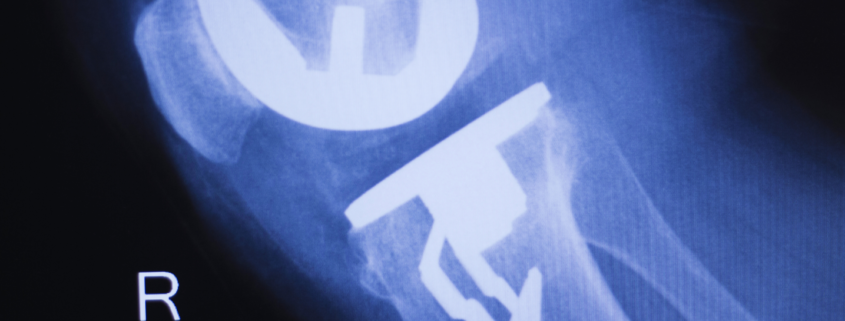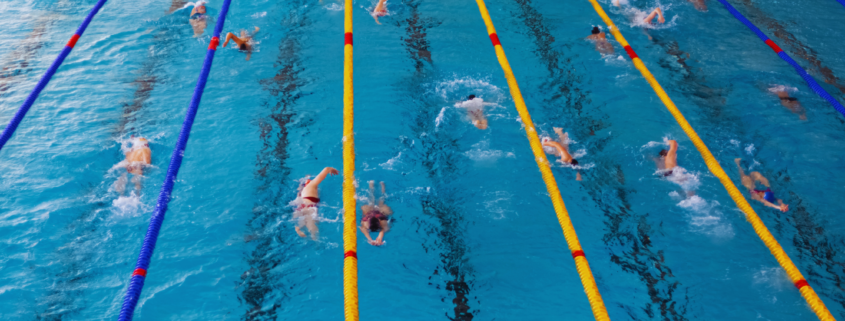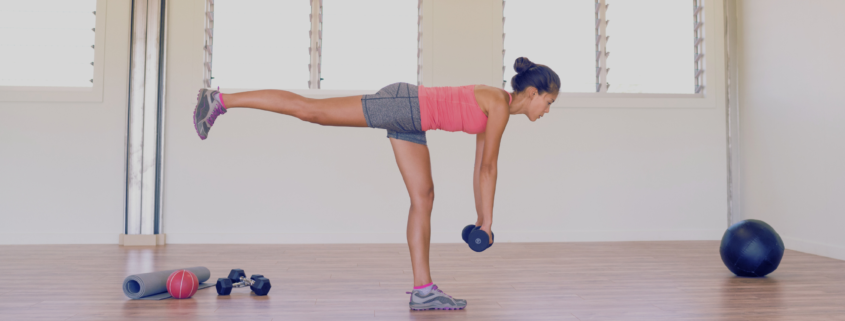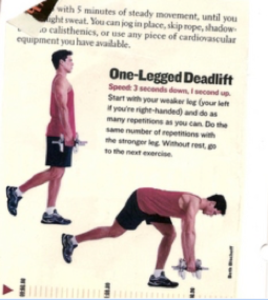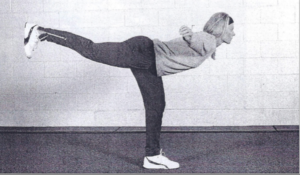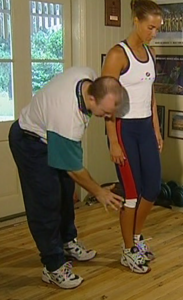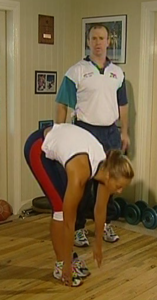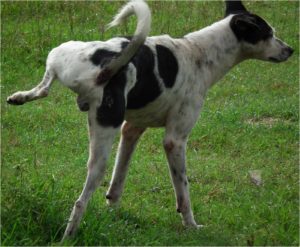Ode to Alice
And a wake up call to the parents of all the Alice’s and Allan’s of the world
I just met Alice. And as a result of that meeting I felt inspired to immediately write on behalf of the ‘Alice’s’ of the world.
Alice will never read this article. Our meeting was brief and coincidental. My hope is that others may read and benefit from Alice’s story.
I walked into a sports store to conduct a product exchange and was served at the front counter by a tall athletic looking young girl, in her late teens I would say.
During our product discussions, which at best we were at the same eye level, perhaps she was slightly taller, I asked:
IK: ‘So tell me, did you use your height to play sport?’
This is a question I ask all tall young people!
Alice: Yes, I played netball, water polo and triathlons. Until I was forced to quit.
IK: Oh, why did you stop playing them?
Alice: Due to my injuries. I was not able to play any more.
IK: What injuries did you suffer?
Alice: I had one shoulder reconstruction and one knee reconstruction and I need a shoulder reconstruction now on my other shoulder.
IK: Oh…..what ages were you when this occurred?
Alice: I was in Grade 9 [about 13-14 years of age) when I had my shoulder reconstruction and Grade 11 [about 15-16 yrs of age] when I had my knee reconstruction.
IK: Oh….Tell me – what level of sport did you play at that made such a sacrifice for?
Alice: District representative level only. My school did take sport very seriously, especially water polo.
IK: Oh….what school was that?
Alice: xxxxxx [School name withheld for the publication]
IK: Oh…yes, they do take their sport especially water polo seriously.
IK: One final question if I may Alice. During high school did you engage in any training that was off the court or out of the pool?
Alice: Yes, I did gym. [strength training]
IK: Mmm…..that’s interesting.
Alice: Now gym is all that I can do.
Prior to the post 2000 period, I could count on one hand the number of elite female athletes I have worked on who had undergone shoulder or knee reconstruction.
My first shoulder reconstruction rehabilitation case with an elite female was with a 1984 Olympian. Prior to 2000 I cannot recall meeting a single elite (and I mean Olympian or similar) female who had shoulder and knee surgeries. And I am talking about elite athletes, with a decade or more of high level training.
Now the list of high school girls having one or both or similarly significant surgery is extensive. It’s the new norm. But why? Does it need to be?
There is a perception that surgery is ‘free’ i.e. there will be no consequences. This is not accurate. Take knee reconstructions. 100% of all reconstruction cases will suffer premature arthritis and 50% will have further knee surgery. Their lives will never be the same.
These injuries are unnecessary and avoidable. If anyone, parents included, cared enough to understand why in a few short decades, the world has changed so much.
Last week I went into another retail outlet and was served by a young male, about the same age as Alice, who I had coached in a a one-off field session in rugby. Let’s call him ‘Alan’. [Yes, Alice was her real name, but that doesn’t matter because Alice will never read this article, few if any teenagers will read this article, and those few parents that do will find a way to dismiss my perspective and go on their merry way endorsing the values and habits that are degrading their children’s lives forever.)
I engaged in conversation with ‘Alan’ about his rugby.
IK: ‘Are you still playing rugby?’
Alan: ‘No. I got hit in a game in my first season out of school and tore my biceps femoris [lateral hamstring] off the bone.’
He turned sideways and showed me his right lateral hamstring, bunched at about halfway up his thigh, with the obvious missing muscle leaving a visual gap at the upper end of his thigh where it would have otherwise attached to the hip.
IK: Wow! [shocked and saddened]
Alan: Yeah, it’s because of the way the game’s played, the way we are expected to take a wide stance and bend over and pilfer the ball.
IK: Really? I’m not sure its so simple. I believe there may be more to it and it didn’t need to have happened. As a matter of interest, what school did you go to?
Alan: xxxxxx [School name withheld for the publication].
IK: Say no more! (I didn’t need to ask my usual next question of ‘Tell me, during high school did you engage in any training that was off the court or out of the pool? Because I knew the answer….]
Alan: [Not buying into my inference that the injury was within his control and he was responsible for it] Yeah, but player [name withheld for the publication] did the same injury? [As if this made it okay, which I guess in a way is exactly what many now believe – it’s normal.]
IK: [Knowing the player involved from watching his career from a distance….] And what school did that player go to?
Alan: Oh….yeah…. [lost his argument there!]
I was in sport for over twenty years professionally before I heard of a rugby player pulling his hamstring off the bone. It took nearly another decade before a similar case, to which I was moved to joke about.
Now it is so common it doesn’t even raise eyebrows.
I could tell you exactly what is going on, and where it is going pear-shaped. But that information is mute and redundant unless you, as a parent, are willing to be different. This level of injury appears to be accepted as the new ‘normal’. So I would be wasting my energy giving the keys to injury prevention to a cohort of parents who believe what is happening and will happen to their children is normal, acceptable, inevitable, and unavoidable.
However in summary let me dismiss the claims the ‘game’ has changed. Yes, there may be some minor rule changes. Yes, more players look like they took the wrong door when they were really heading for the local bodybuilding competition.
However the game has not changed to such an extent to explain or justify the shift in injuries. Injuries that were rare at the elite level thirty years ago, are now common place at the teenage level. This is not right. And anyone who believes it is I assume also supports child abuse. Not meaning to make politically correct inaccurate assupmtions – rather what I am saying is what is being done to the young athlete –whilst still legally a minor – is akin to child abuse.
The fact that the incidence and severity of injures are currently perceived as normal and acceptable is not good enough. The reality is only a parent would care enough to advocate for the child, and then only the parent willing to swim against the tide.
I understand what is going on first hand. My children are being denied selection in the top teams at high school if they do not submit to participating in the ‘strength and conditioning’ programs. Which now constitute approximately 50% of total training. It is a choice of conformity or be ostracized. I understand it.
I estimate that 20% of the upper high school students playing in the ‘A’ teams will have surgery in the next 12 months, 40% of them will not be able to play sport past the age of 20 due to injuries, 60% will not be able to play sport past the age of 24 years, and 80% of them will suffer injuries that will significantly and negatively impact their quality of life in their so-called ‘golden years’ or earlier. Just estimates….And yes, you, as a parent, are throwing the dice for them in this lottery called ‘talent identified youth sport’.
My question to you, parent is this – what price are you willing to pay (and I mean what price are you willing to have your child pay) in your child’s future quality of life, on their behalf, to be seen to be conforming, for something that is clearly and eventually not right, not in the best long-term interests of your child?
The case studies I have shared are not fictitious, nor are they rare. They are the new norm. You just need to decide if you want them to be your child’s new norm?
—-
Footnote. If and when Alice realises that the pain she will experience for the rest of her life from the injuries and surgeries obtained in the name of ‘sport’ and ‘strength and conditioning’ could have been prevented, I hope she can find it in herself to forgive her parents, teachers, sports coaches, and the so-called ‘strength and conditioning coaches’ that were responsible. I could say forgive them for they knew what what they were doing, however I believe it more accurate to say ‘forgive them for they didn’t bother to dig deep enough to obtain the information that was available but not mainstream, that could have prevented the conditions that the ‘Alice’s’ and ‘Alan’s’ of the world will suffer.

